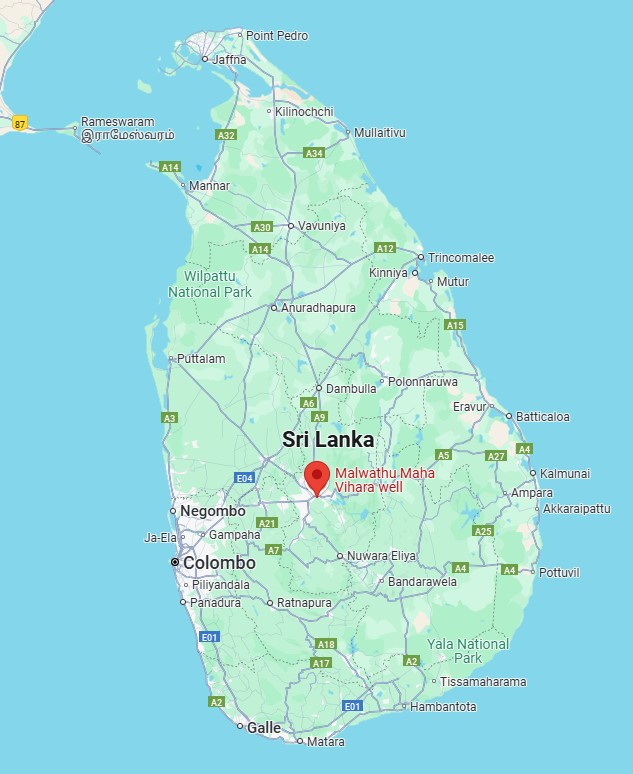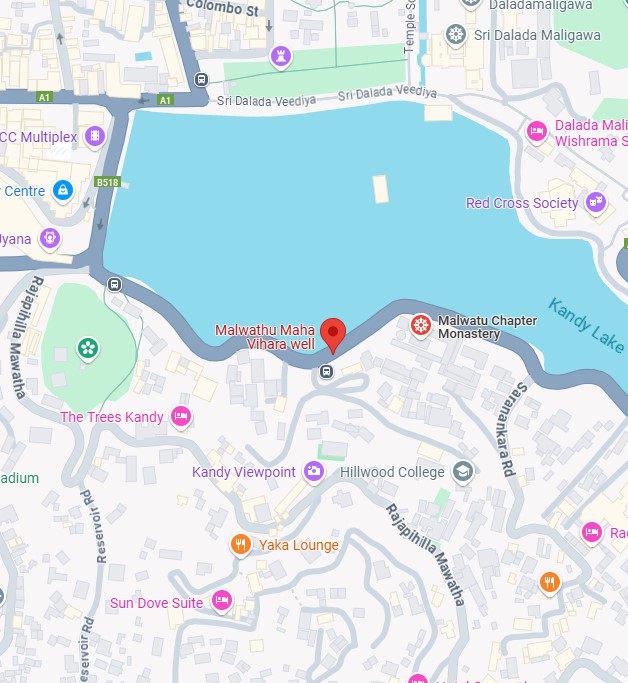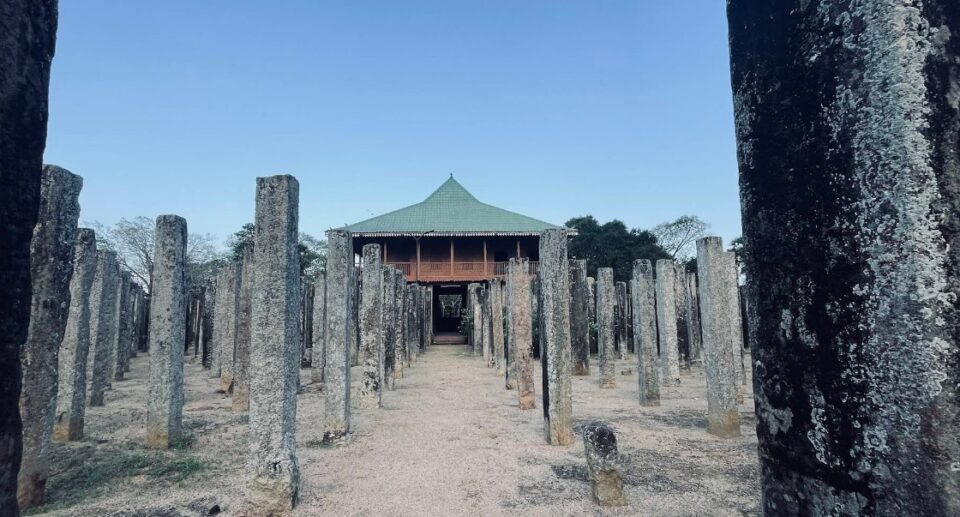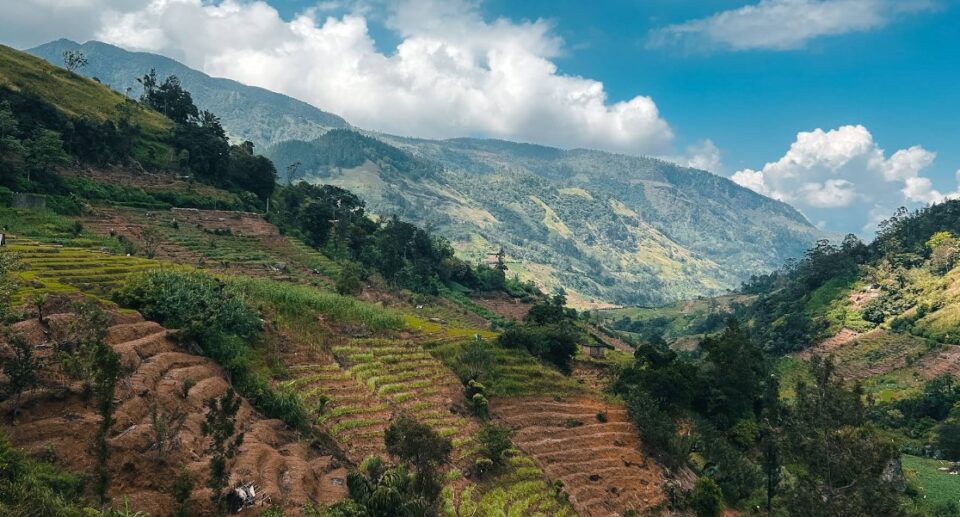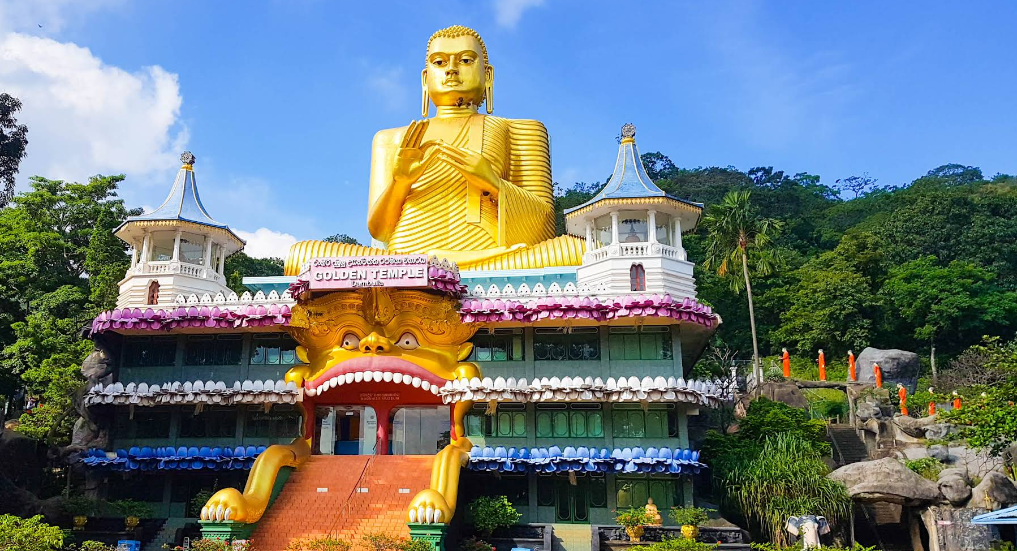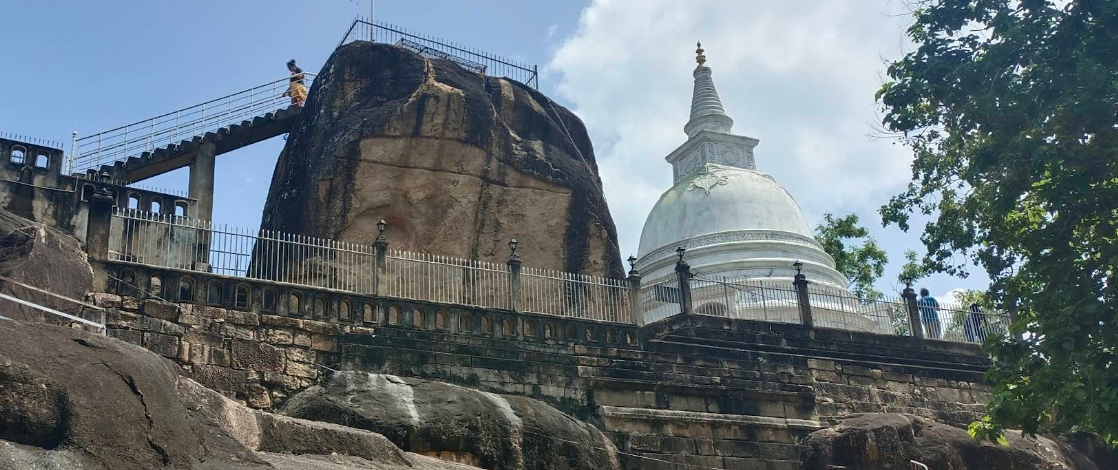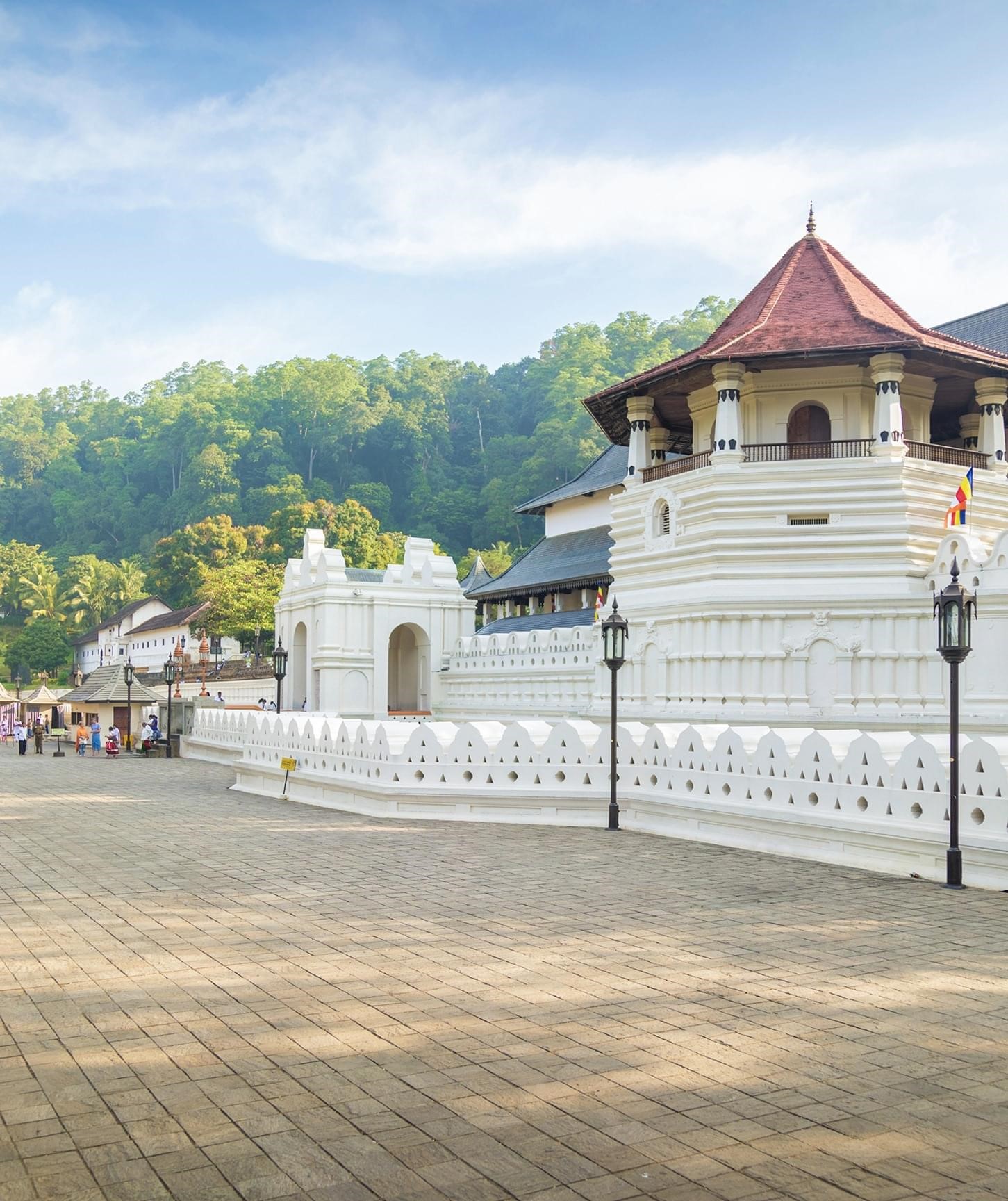Malwathu Maha Viharaya: Guardian of Theravāda Buddhism in Sri Lanka

Located on the tranquil shores of the Kandy Lake, amidst the lush hills of the central highlands of Sri Lanka, Malwathu Maha Viharaya (also spelled as Malwatte Vihara) is a very sacred and historically significant Buddhist temple of the island nation. As one of the two major monastic chapters the Malwatta and Asgiriya Chapters of the Siyam Nikaya, the temple is an optimal place to propagate, practice, and conserve Theravāda Buddhism in Sri Lanka.
This prehistoric temple is not simply a place of religious worship; it remains a living institution in which ancient-fashioned traditions continue to mold the spiritual life, national rituals, and very identity of the Sinhalese Buddhist majority.
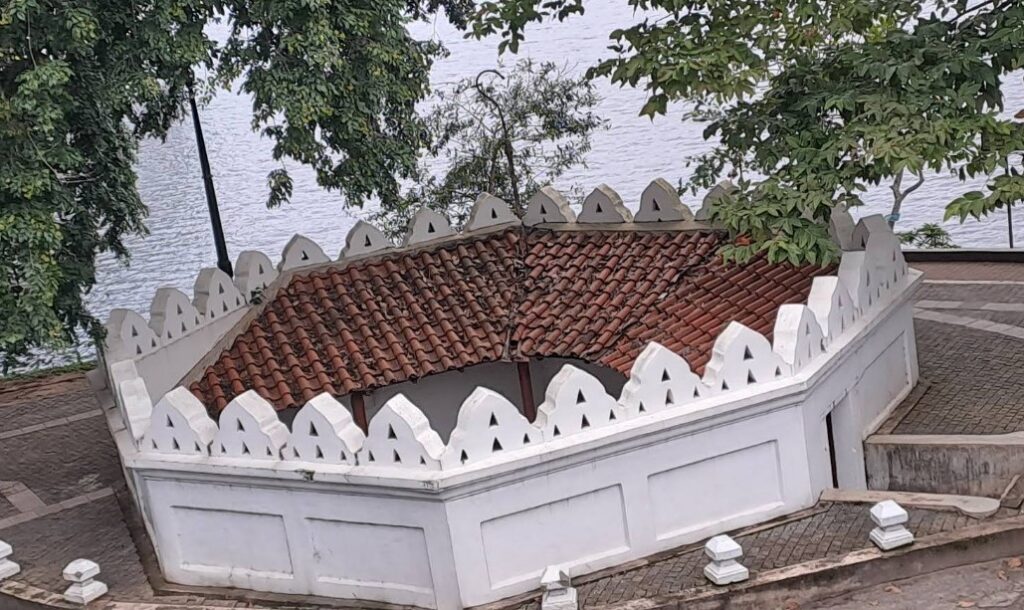
Historical Background
The Malwathu Maha Viharaya has a history dating back to the 14th century, but in the 18th century, during the period of the Kandyan Kingdom, it became more significant. It was founded during the reign of King Sena Sammatha Wickramabahu (1473–1511), and over centuries it developed into the administrative and religious headquarters of the Malwatta Chapter of the Siyam Nikaya.
In 1753, the line of Upasampada ordination, lost in Sri Lanka due to colonial displacement, was restored through the assistance of Siam (Thai) monks. This was the official establishment of the Siyam Nikaya, with Malwathu Maha Viharaya as one of its predominant monastic complexes.
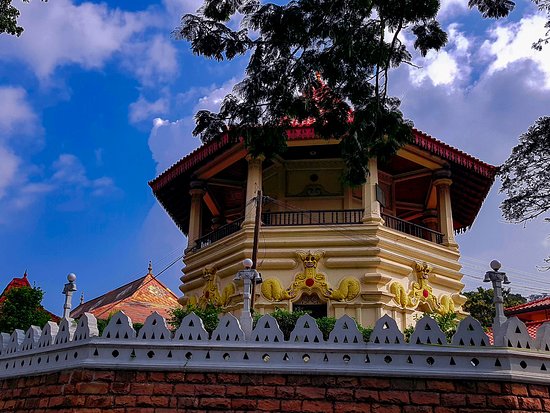
Since then, the temple has served as custodian of Buddhist tradition, center of monastic scholarship, and symbol of resilience in the face of colonial, political, and cultural change.
Location and Setting
Malwathu Maha Viharaya is located within the World Heritage City of Kandy. It is located on the south bank of Kandy Lake, opposite the Sri Dalada Maligawa (Temple of the Sacred Tooth Relic) directly across the water and is, therefore, the focus of pilgrimage and ritual in the city.
The temple complex blends beautifully with the nature landscape of Kandy’s topography, ringed by foggy mountains, bodhi trees, and the peaceful reflections of the lake. Despite being at the heart of the city, the Vihara presents a peaceful and contemplative ambiance.

Architectural Features
Despite not being enormous in size compared to ancient monuments like Jetavanaramaya or Ruwanwelisaya, Malwathu Maha Viharaya holds cultural and architectural merit. The complex contains:
Uposathagaraya (Ordination Hall): A delicately constructed building used for higher ordination ceremonies (Upasampada) of monks. Also used for Kandyan-style architecture, including wooden pillars, intricate carvings, and tiled roofs.
Chapter House: Where senior monks meet to debate doctrinal and administrative matters.
Image House: With Buddha images in various mudras (postures of the hand) and poses, and frescoes representing scenes from the Jataka stories.
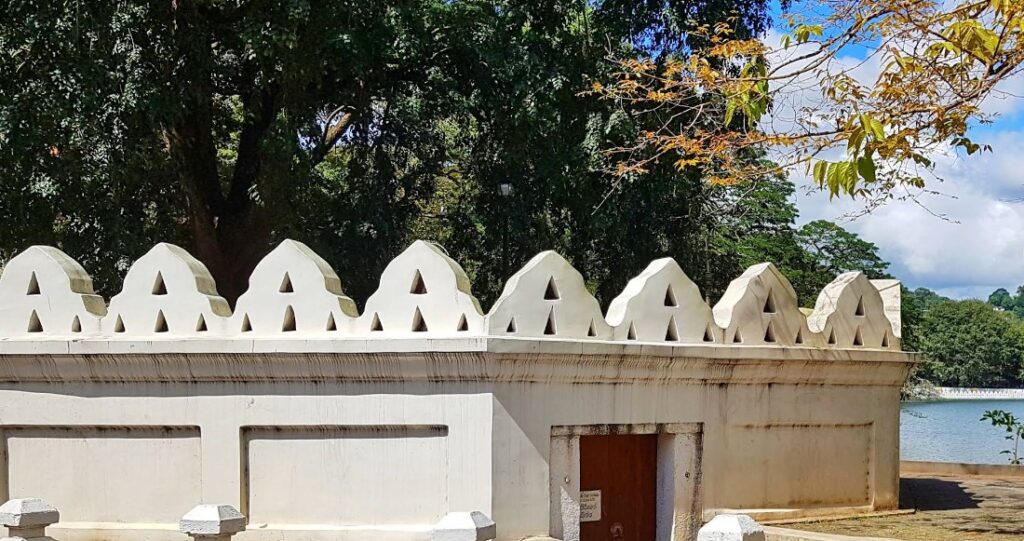
Bodhi Tree: A young tree of the sacred Sri Maha Bodhi at Anuradhapura, sacred as a living symbol of enlightenment.
Library and Monastic Residences: Where ancient palm-leaf manuscripts, religious text, and monk living quarters are housed.
The design and layout feature monastic humility as well as Kandyan refinement, emphasizing spiritual use over extravagance.
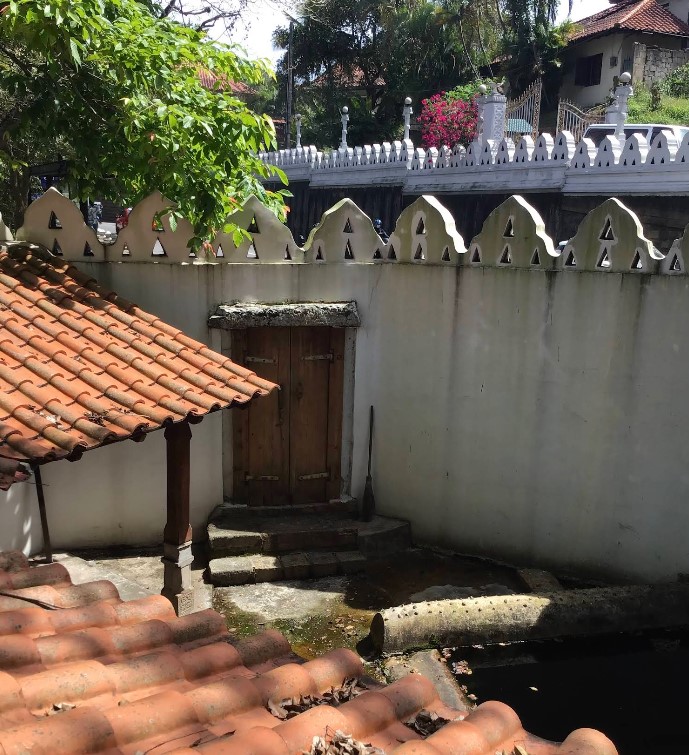
Religious and Cultural Significance
Malwathu Maha Viharaya plays a key part in the spiritual leadership of the nation. It serves as the base of the Malwatta Chapter and contains the Mahanayaka Thero—the supreme prelate who, together with the Asgiriya Mahanayaka, is a moral as well as spiritual leader of Theravāda Buddhists all over the country.
The temple offers: Ritual Practices: Daily worship offerings, pujas, meditation, and chanting are conducted in the temple grounds.
Sacred Tooth Relic Procession (Esala Perahera): Monks of Malwathu Maha Viharaya organize this glorious annual religious procession in Kandy, honoring the Sacred Tooth Relic of the Buddha.Ordination and Education: The temple is a school for young novices and monks, where education in Vinaya (monastic discipline), Abhidhamma, Pali Canon, and meditation practice is offered. Advisory Role in National Matters: Malwatta and Asgiriya Mahanayakas are constantly consulted by political leaders on matters of national importance, especially those involving religion, ethics, and national reconciliation.
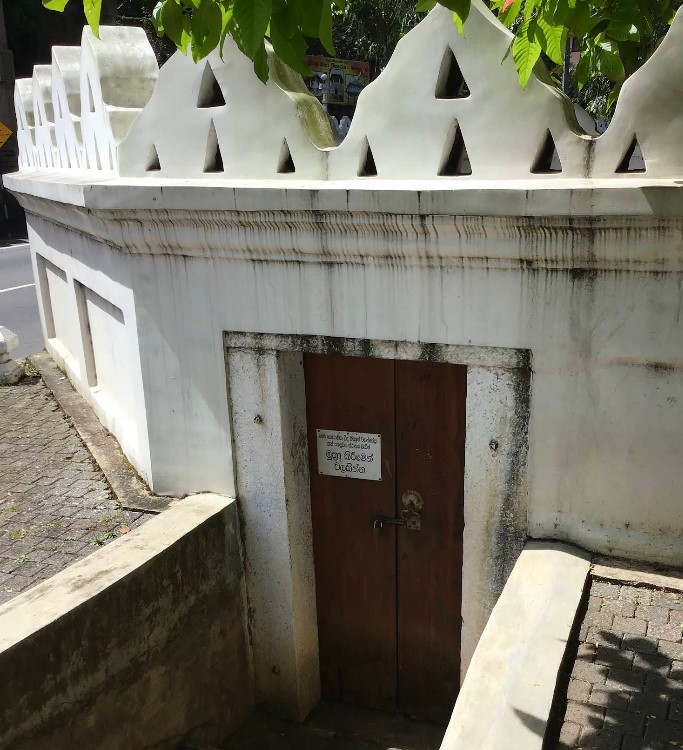
Monastic Discipline and Tradition
Malwathu Maha Viharaya follows the Vinaya Pitaka of the Pali Canon, following strict monastic regulations that govern daily life, speech, and religious practice. Monks are to live lives of renunciation, reading, and meditation. Young monks undergo tough training which includes: Memorization and recitation of Pali suttas. Participation in meditation retreats.
Involvement in rituals such as Vassa (rain retreat).
Instruction by senior monks on scriptural and practical matters. The temple is not only a religious institution but a Dhamma school in the true sense of the term, where ancient tradition is kept and handed over to each new generation.
Relationship with Dalada Maligawa
Malwathu Maha Viharaya has a symbiotic and unique relationship with Dalada Maligawa. While Dalada Maligawa is the repository of the Tooth Relic, religious legitimacy and authority of most rituals originate in monastic chapters in Malwathu and Asgiriya.
This dual loyalty is especially important during Esala Perahera, when Malwathu monks ceremonially approve of the public display of the Tooth Relic. This ceremony is steeped in tradition and religious symbolism, emphasizing the power of state and sangha cooperation in Sri Lanka’s former rulership.
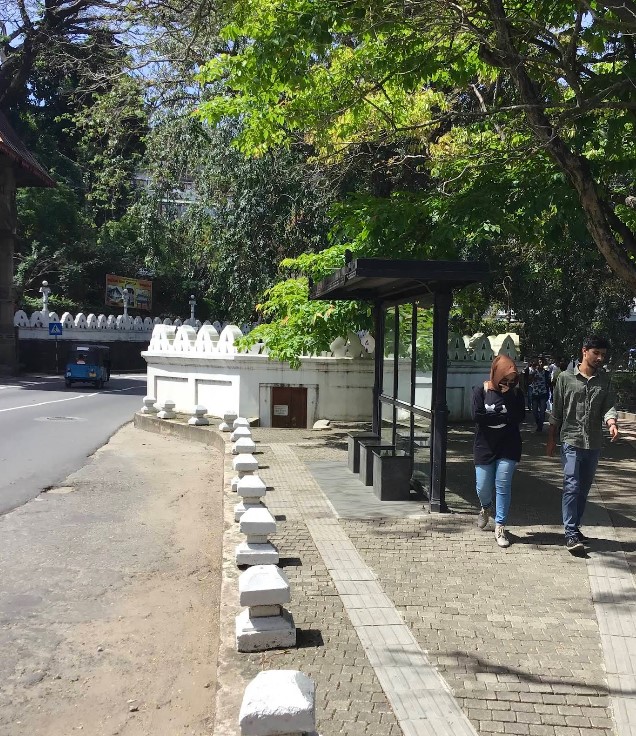
Contemporary Role and Significance
In the contemporary ever-evolving world, Malwathu Maha Viharaya remains a shining example of cultural heritage and religious origins. The temple remains to attract:
Local pilgrims: Seeking blessings, participating in rituals, or even meditation. Foreign pilgrims: Particularly from Theravāda nations such as Thailand, Myanmar, and Laos. Scholars and researchers: Studying ancient scriptures and Buddhist thought.
The temple also engages in interfaith outreach, social justice, and earth stewardship and thus bridges ancient wisdom and modern responsibilities.
How to Visit Malwathu Maha Viharaya
The temple is situated conveniently from the town centre of Kandy, and one can approach it by tuk-tuk, bus, or on foot. Every day is accessible, but tourists are requested to avoid during peak ritual times unless participating respectfully.

Entry: Free, but donations are appreciated.
Dress Code: Modest dress is necessary. Shoulders and knees must be covered.
Etiquette: Visitors must remain quiet, remove shoes, and avoid showing backs to the Buddha statues during photo taking.
From Colombo
- By Car: Drive approximately 115 km northeast via the A1 highway. The journey takes about 3 to 4 hours, depending on traffic conditions.
- By Train: Board a train from Colombo Fort Railway Station to Kandy Railway Station. The scenic journey takes around 2.5 to 3 hours.
- By Bus: Several private and government buses operate from Colombo Central Bus Station to Kandy Bus Station. The journey duration is approximately 3.5 to 4.5 hours.
From Kandy City Centre
- By Foot: From the Kandy City Centre, head southeast towards the Kandy Lake. Walk along the lake’s perimeter road until you reach the Sri Dalada Maligawa. Continue walking for approximately 5 to 10 minutes to reach Malwathu Maha Viharaya.
- By Tuk-Tuk: A tuk-tuk ride from the city centre to the temple takes about 5 minutes. Ensure to agree on the fare before starting the journey.
- By Taxi: Taxis are available throughout the city. The ride to the temple takes approximately 5 minutes.
